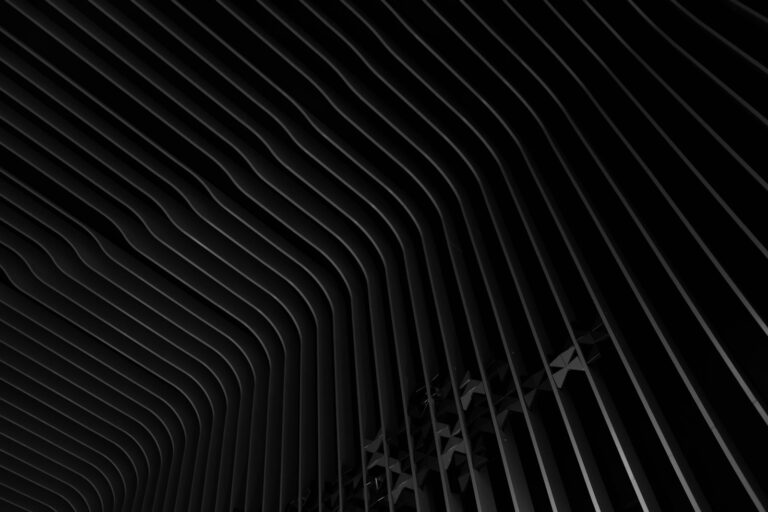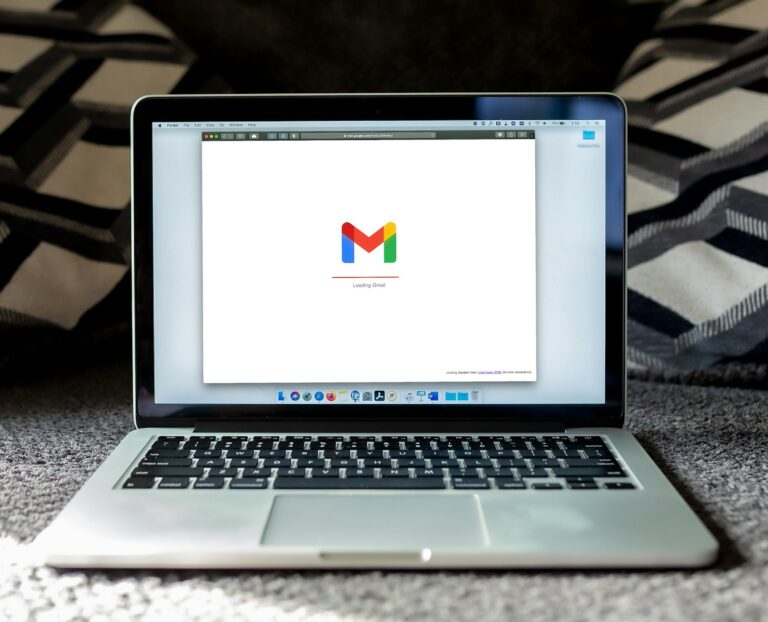Imagine your grandmother sitting comfortably in her living room. She may not be able to express how she feels every day but what if a small device sitting nearby could understand her mood, gently monitor her mental health, and alert a caregiver if needed? This is the power of combining AI, emotion recognition, and Raspberry Pi to build a privacy-first offline mood tracker for the elderly.
In a world where mental wellness often gets overlooked in older adults, having a non-intrusive, intelligent companion that can sense emotional changes is not just innovation it’s compassion made digital.
Welcome to the future of offline AI-powered mood tracking on Raspberry Pi.
Why Mood Tracking Matters for the Elderly
Older adults often deal with issues like loneliness, depression, cognitive decline, and communication barriers. While wearable health trackers monitor heart rate or sleep, emotional well-being still flies under the radar.
AI mood trackers can fill this gap:
- Spot signs of depression or anxiety early
- Help caregivers understand changes in emotional patterns
- Encourage communication and care
- Provide data-driven mental wellness support
Now let’s build one offline, secure, and optimized for privacy.
Core Benefits of Building It Offline
- Data Privacy: All processing stays on the Pi—no cloud, no leaks.
- No Internet Needed: Works even in areas with poor connectivity.
- Fast Response: Real-time mood analysis with no API delays.
- Low Cost: The total setup can be under $100.
What You’ll Need (Hardware & Software)
Hardware Components
| Component | Description | Cost (Approx) |
|---|---|---|
| Raspberry Pi 4 (4GB) | Core computer | $55 |
| Pi Camera Module | Captures facial expressions | $25 |
| MicroSD Card (32GB) | OS and app storage | $10 |
| Power Supply | 5V/3A USB-C | $8 |
| Heatsink/Fan | Prevent overheating | $5 |
Optional: Small display to show mood feedback or indicators (add ~$15).
Software Stack
- Raspberry Pi OS (Lite or Desktop)
- OpenCV (for facial detection)
- DeepFace or FER+ Model (for mood/emotion recognition)
- Python (for scripting and logic)
- SQLite3 (to log moods over time)
Let’s get to the good part how to actually build it.
Step-by-Step Guide: Building the Offline AI Mood Tracker
1. Set Up Raspberry Pi
- Install Raspberry Pi OS using Raspberry Pi Imager.
- Connect your camera module and enable it using
sudo raspi-config. - Update and install dependencies:
sudo apt update && sudo apt upgrade
sudo apt install python3-pip python3-opencv libatlas-base-dev2. Install Required Python Libraries
pip3 install deepface opencv-python numpy sqlite33. Create Your Emotion Detection Script
from deepface import DeepFace
import cv2
import sqlite3
import datetime
cap = cv2.VideoCapture(0)
conn = sqlite3.connect('mood_log.db')
c = conn.cursor()
c.execute('''CREATE TABLE IF NOT EXISTS moods (timestamp TEXT, emotion TEXT)''')
while True:
ret, frame = cap.read()
if not ret:
break
try:
result = DeepFace.analyze(frame, actions=['emotion'], enforce_detection=False)
mood = result[0]['dominant_emotion']
print(f"Mood: {mood}")
timestamp = datetime.datetime.now().isoformat()
c.execute("INSERT INTO moods VALUES (?, ?)", (timestamp, mood))
conn.commit()
except:
continueThis basic script captures webcam frames, analyzes emotion using DeepFace, and stores the mood with a timestamp in a local database.
4. Display Mood Data (Optional)
Use a simple Python script to fetch the latest moods and print trends, or connect a small OLED display to show smiley/frowny faces.
c.execute("SELECT * FROM moods ORDER BY timestamp DESC LIMIT 10")
for row in c.fetchall():
print(row)Smart Add-Ons for Real-World Use
Once your core app is running, enhance the experience:
Daily Mood Summary Report
- Send a text summary to a caregiver (via local SMS gateway or saved USB file)
- Use a pie chart (Matplotlib) for emotional breakdown
LED Indicator
- Attach a small RGB LED:
- Green for positive
- Yellow for neutral
- Red for negative emotions
Voice Prompts
- Use espeak or pyttsx3 to say positive affirmations or greetings like:”You seem a little low today. Take a deep breath, you’re doing great.”
Local Dashboard (No Internet)
- Use Flask to build a local-only web interface
- Show mood trends, alerts, and camera feed (optional)
Real-World Case: Emily’s Grandfather in Texas
Emily, a software engineer based in Austin, built this system for her 82-year-old grandfather who has early-stage dementia. The Pi quietly observes and logs moods throughout the day. One week, Emily noticed more frequent sadness logs and called her grandfather he had been skipping meals.
Thanks to the offline mood tracker, Emily could act fast without needing internet or breaking privacy.
Challenges You Might Face (and How to Solve Them)
- Lighting Conditions: Poor lighting can reduce facial detection accuracy. Add a desk lamp.
- False Positives: Elderly expressions can be subtle. Combine mood data over multiple frames to increase reliability.
- Camera Fatigue: Place the camera at eye level but slightly off-center so it doesn’t feel intrusive.
Ethical Considerations
Always remember:
- Inform the user and family about the system
- Don’t use hidden surveillance
- Give the elderly person the ability to switch it off
- Respect moments of privacy
Why This is a Game-Changer for 2025
With rising demand for aging-in-place technologies, offline AI tools like this mood tracker blend ethical innovation with practical care. Unlike commercial apps that siphon personal data, your Pi setup empowers families and respects boundaries.
This project fits perfectly into the best AI tools for aging population and aligns with 2025 trends in privacy-first health tech.
Future Upgrades
- Integrate with local smart home triggers (e.g., dim lights during sadness)
- Add voice assistant integration (offline tools like Mycroft AI)
- Expand to detect posture, energy, or tone of voice
Conclusion: Small Device, Big Impact
This isn’t just about tech it’s about heart. When we use AI to uplift those who raised us, we shift innovation from profit to purpose. The Raspberry Pi-based offline AI mood tracker is a compact yet powerful step in that direction.
Whether you’re a developer, caregiver, or simply someone who cares, building this project could bring warmth, understanding, and dignity to someone’s daily life.



